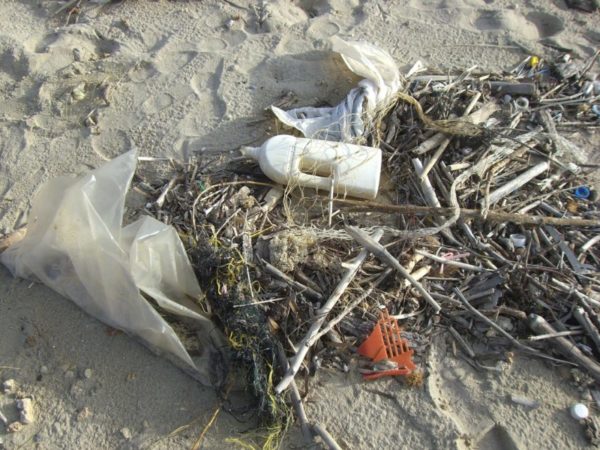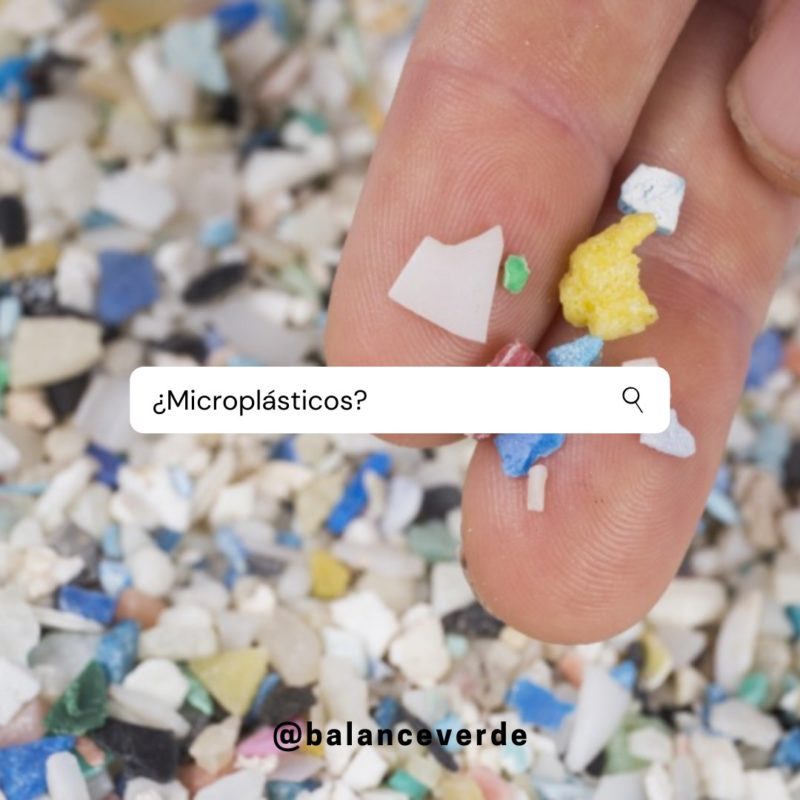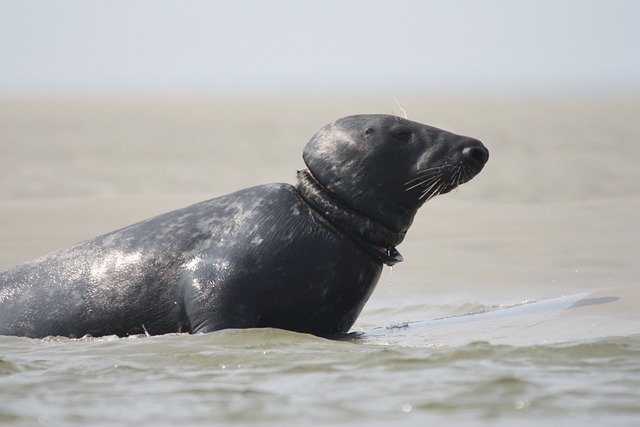Bad news for fish lovers. Every year the concern for microplastics in fish. And it is not for less, since the new investigations assure that have jumped to humans. We still do not know the effects they can have on health. However, these should be kept in mind. risks if we want to lead a healthy life. Discover the danger that lurks this material in its smallest version.
Researchers from universities of Exeter y Queensland came to alarming conclusions. They discovered that microplastic is present in all the fish and seafood we eat. They comment that the risks of these substances vary from species to species. They also declare that the impact may be different between members of the same. To reach these conclusions, they had to analyze five fish and shellfish from a market with their method.

To his surprise, the sardines they were the ones that would trigger the most microplastics consumption in humans. Eating a serving of oysters or squid would mean eating 0,7 milligrams of plastic. On the other hand, a ration of sardines would contribute to the body up to 30 milligrams!
How can microplastics in fish affect us?
Microplastics are already within us. This conclusion was reached by a new investigation of the University of Arizona. Its experts identified dozens of nanopastics that accumulate in lungs, liver, spleen, and kidneys. These findings will be very useful for further research, as there is no consensus on whether these are harmful. However, their presence increasingly alarms the scientific community.
El Utrecht University Medical Center he does find them dangerous. Your scientists have observed the behavior of immune system cells which engulf microplastics from ten microns. The worrying thing is that these cells die soon after. Thus, they weaken our defenses against external agents. Despite this, there are still many studies to confirm its peligro for human health. We must also remember that this Arizona study is the first made with human tissues.
Background
Microplastics have been in the spotlight for a long time. The EFSA (Food Safety Agency of the European Union) He still does not consider his situation alarming, although he has been analyzing them for years. The body confirmed that these are present in food. That is why it suggests caution with them, although at the moment it has not declared them dangerous to our health. Nanoplastics will be a priority in the coming years also because of the risk they pose to the environment.

And it is that microplastics are not only found in the sea. Known are the risks of reusing plastic bottles for drinking water. Another danger falls on him Bisphenol A. Various scientific publications highlight its potential as a carcinogen. The problem is that it is in places as varied as tickets of the purchase, interior of preserves, disposable glasses ... The controversy reached such a degree that it had to be banned for the manufacture of baby bottles.
Why should we care about fish?
The microplastics in fish They are the product of the large-scale dumping of this material. According to a study published in the journal Nature, every year they enter the seas near eight million tons of plastic. Thus, it is so widespread that they have been found in places as remote as the arctic or in trenches ten thousand kilometers deep. The waves of the sea dwarf plastic products until they appear in their least visible and most dangerous form.

Microplastics are a silent threat because they don't look first. These are ingested by all kinds of animals. Not only do they consume them directly, since there are animals at the base of the food chain that pass them to higher levels. An example is that of anchovies. This is a small fish that transmits microplastics to its predators, many of which end up on fishing vessels.
As the investigations progress, the only thing we can do is reducir our plastic consumption to minimize environmental impact. The key is not only in recycle, since the wind can carry the plastics we consume very far. Also, we must not forget that not all plastic is recycled. There are places with a ridiculous recycling percentage. Reducing our consumption can be an important step in preserving clean oceans for generations to come. The microplastics in fish should decrease.






